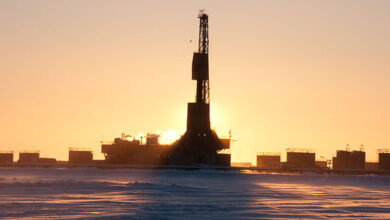Downhole communication system provides real-time sensing and logging data
Lance Portman, Vice President of Coiled Tubing at Baker Hughes, discusses the challenges of coiled tubing applications and industry’s solutions, such as downhole telemetry systems and visualization software.
By Joanne Liou, associate editor
When it comes to coiled tubing, industry relies heavily on modeling to determine what is going on downhole. With real-time data acquisition, uncertainty is minimized with better understanding of downhole conditions, and decisions can be made on the fly to alter a particular application. In 2009, Baker Hughes commercialized its 2 7/8-in. TeleCoil Intelligent Coiled Tubing System for real-time data and has recently released the 2 1/8- and 3 ½-in. versions to address completions of various sizes.

The system consists of a non-intrusive conductor, surface hardware and software, and a bottomhole assembly (BHA) integrated with sensors. The corrosion-resistant communication conductor is 1/8-in. in diameter and transmits real-time data without affecting flow rates or increasing reel weight. The sensor BHA combines a motorhead assembly that incorporates the conductor and a pressure, temperature and casing collar locator package.
One of the benefits of the system is reducing downtime, especially offshore. “Having that insurance offshore would be a focal point,” David Poirier, TeleCoil Product Manager, said. “Recently we’ve been able to perform a job that was four days shorter than planned. If you look at a semisubmersible costing you about half a million dollars a day, a client can be quite happy with that type of result.”
The TeleCoil system is anchored at surface at the coiled-tubing drum. The BHA is then attached to the end of the coiled tubing, where it sends packets of information to surface, Mr Poirier explained. “We’re trying to go away from the seven-conductor system and rely on a single conductor with more capability of sending multiple packets of data,” he continued.
The sensor BHA also is interchangeable with a logging adapter assembly. “The real-time sensing and the real-time logging is really two in one. With the BHA we have for TeleCoil, we can log differential pressures so we know what the conditions are downhole, and with the casing collar locator, we know where we are in the hole accurately to make sure the application is performed in the desired depth. We can log temperature and will soon be coming out with more sensor capabilities,” Mr Poirier noted. “The logging adapter opens the opportunity to run all industrywide logging tools.”
In February, Baker Hughes completed field trials for the 2 1/8-in. version of TeleCoil offshore Brazil, and the technology is now commercially available.




